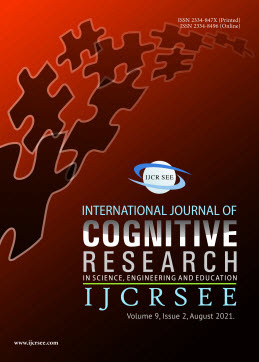The Relationship Between the Strategies of Transferring the Meanings of Information Messages and the Meaning-of-Life Orientations of Social Networks Users
The Relationship Between the Strategies of Transferring the Meanings of Information Messages and the Meaning-of-Life Orientations of Social Networks Users
Author(s): Pavel Ermakov, Ekaterina BelousovaSubject(s): Cognitive Psychology
Published by: Удружење за развој науке, инжењерства и образовања
Keywords: social networks; transferring of meanings; meaning-of-life orientations;the Internet;
Summary/Abstract: The aim of the work is to identify strategies for transferring the meanings of information messages used by students in social networks, and how these strategies are related to the students’ meaning-of-life orientations. The study was conducted with the use of a theoretical method, as well as a survey, a content analysis, an expert method, a psychodiagnostic method, descriptive statistics, and also nonparametric tests, the Kruskal-Wallis H-test and Spearman’s rank correlation method. Among modern youth, social networks are one of the most common sources of obtaining and distributing information. Therefore, it is important to find out what strategies for transferring the meanings of information messages are used by respondents. The expert method and content analysis allow us to identify 6 strategies for transferring meanings that students use in communication when transferring the meanings of various publications in social networks. Further analysis shows that each strategy has its own features of the meaning-of-life orientations components and significant relationships between the strategies of the meanings transferring and the components of the meaning-of-life orientations of social networks users are also revealed. Thus, we can conclude that the features of the transferring of meanings are significantly influenced by the meaning-of-life orientations, in particular, goals in life. Thus, the study emphasizes the importance of the semantic communication in social networks, the results of which can influence the effectiveness of communication, training, and the interaction among users.
Journal: International Journal of Cognitive Research in Science, Engineering and Education (IJCRSEE)
- Issue Year: 9/2021
- Issue No: 2
- Page Range: 279-289
- Page Count: 11
- Language: English

